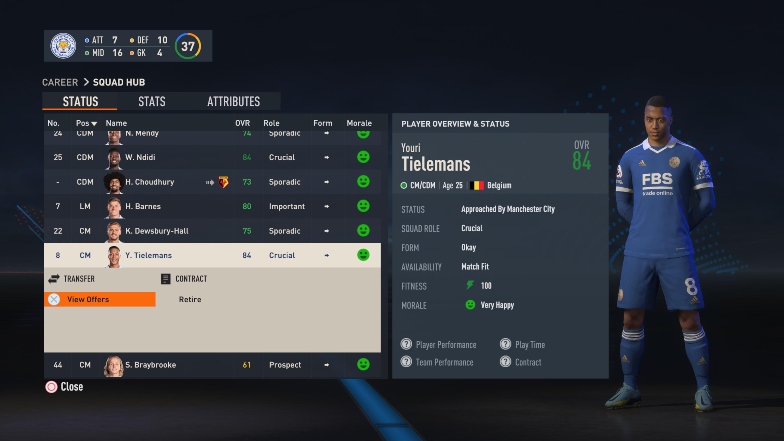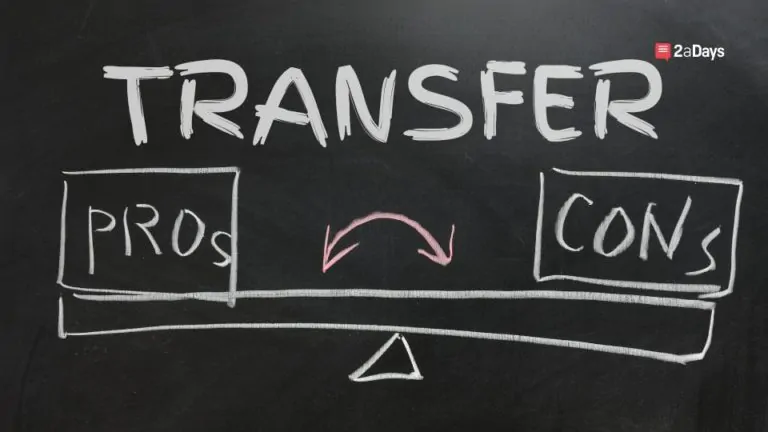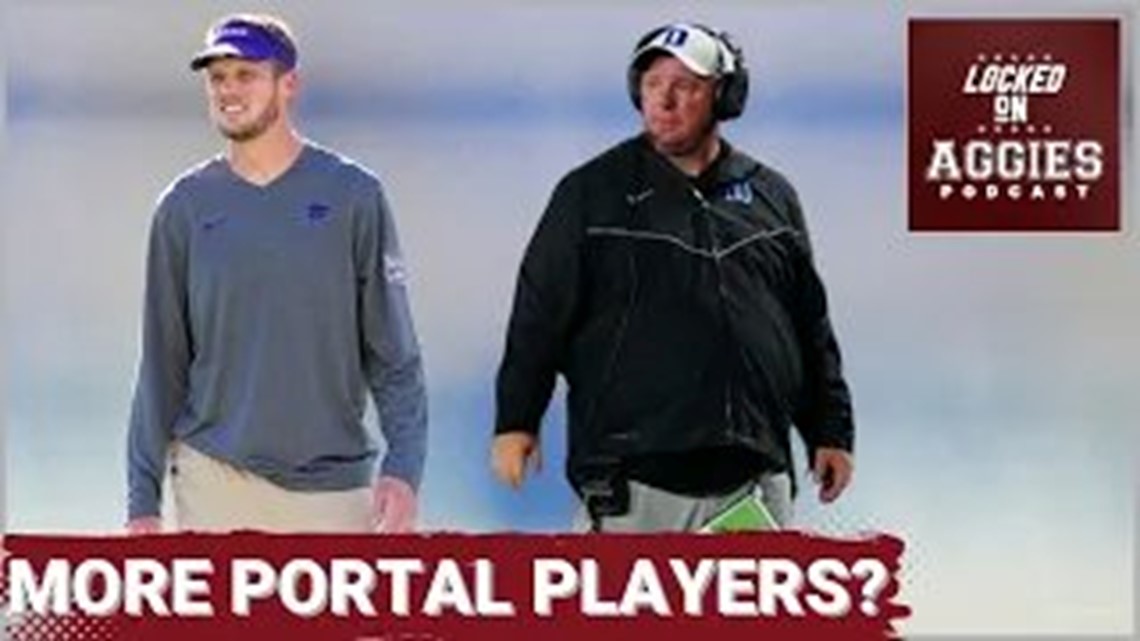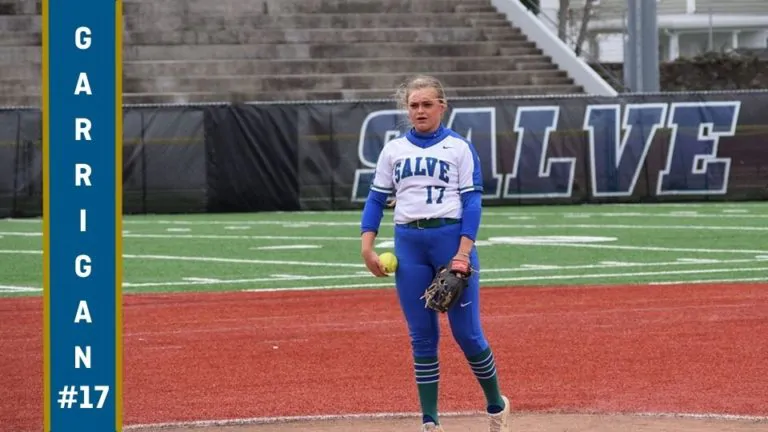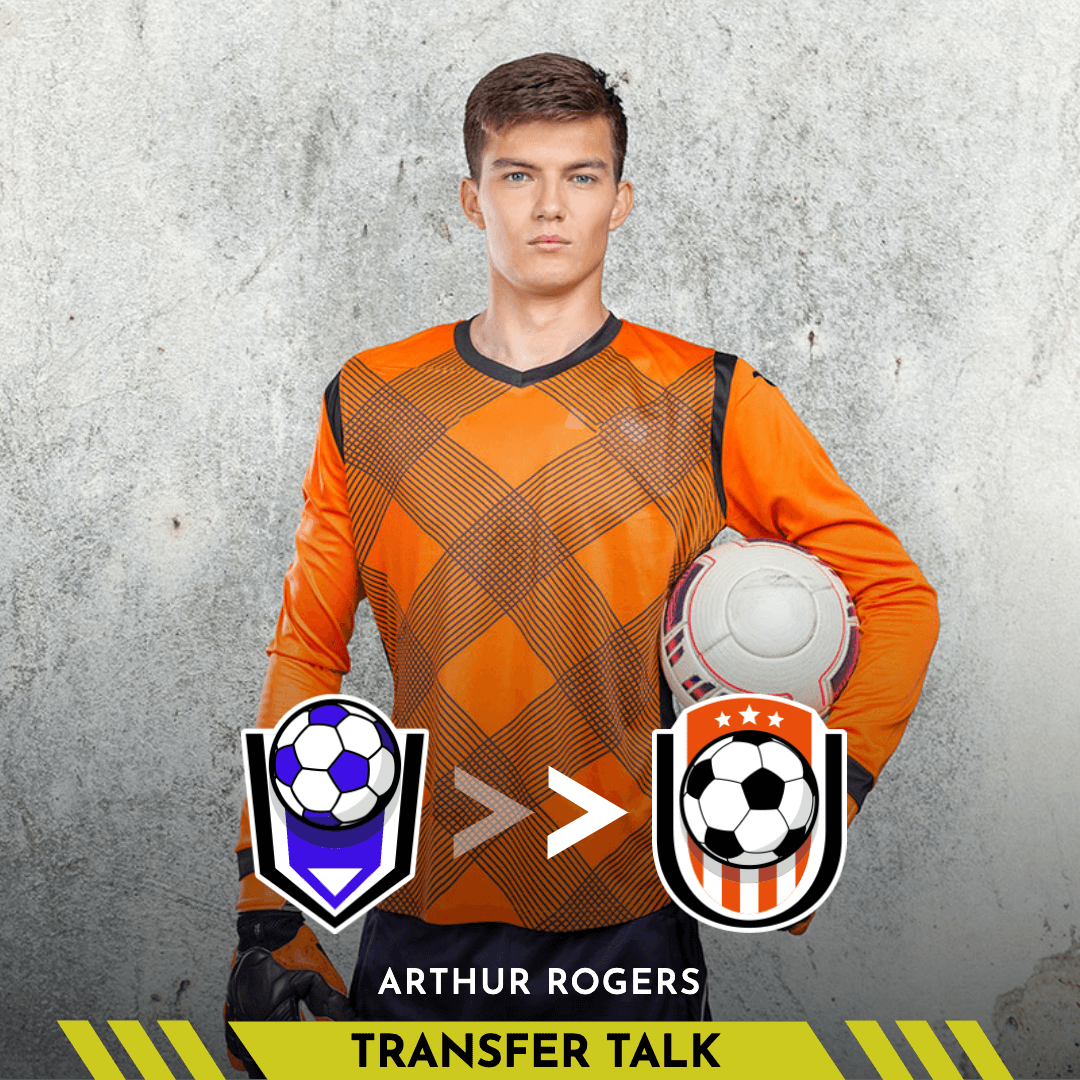What Happens To Players You Encourage To Transfer
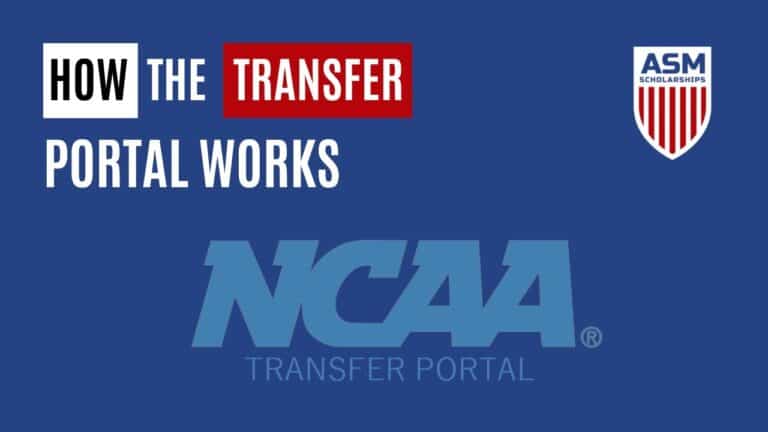
The transfer portal has become an increasingly prominent feature of college athletics, offering student-athletes greater freedom to change institutions. But what happens to the players coaches actively encourage to enter it? The answer is complex and often varies depending on individual circumstances, institutional priorities, and the ever-shifting landscape of college sports.
The transfer portal, an online database, was created by the NCAA to streamline the transfer process. It allows student-athletes to notify their current institution of their intention to transfer and makes their profile visible to other schools.
The Push Factor: Why Coaches Encourage Transfers
Coaches might encourage players to transfer for a multitude of reasons, ranging from performance issues to roster management. Sometimes, a player may simply not be a good fit for the program's offensive or defensive scheme.
Other times, it's a matter of scholarship limitations or the emergence of younger, more promising talent. In such cases, a coach may advise a player that their playing time will be limited, suggesting that a transfer might be the best path to greater opportunities. According to a 2021 report by the NCAA, "limited playing time" was a significant factor cited by student-athletes entering the portal.
Financial considerations also play a role. With scholarship limits in place, coaches may need to make difficult decisions to allocate resources effectively, especially with the rise of Name, Image, and Likeness (NIL) opportunities influencing player decisions.
Navigating the Portal: The Player's Perspective
For the player, being encouraged to transfer can be a deeply unsettling experience. It involves reassessing their athletic goals, academic plans, and social connections.
The portal itself is just the first step. After entering, players must actively market themselves to other programs, creating highlight reels, contacting coaches, and arranging visits. The success rate varies significantly; not all players who enter the portal find a new home.
The NCAA provides guidelines and resources for athletes considering a transfer, but the process can still be overwhelming, especially for younger athletes without extensive recruiting experience.
Outcomes and Success Stories (and Setbacks)
The post-transfer trajectories of players encouraged to leave are diverse. Some thrive in their new environments, becoming key contributors and achieving greater success both on and off the field.
Others, however, struggle to find the right fit or face unforeseen challenges at their new institution. Academic difficulties, injuries, or culture clashes can derail their progress, leading to further transfers or even the end of their athletic careers.
A 2022 study by the Knight Commission on Intercollegiate Athletics highlighted the need for greater support and guidance for student-athletes navigating the transfer process, emphasizing the importance of academic advising and mental health resources.
Examples and Case Studies
Consider the case of a quarterback at a Power Five school who was encouraged to transfer due to the arrival of a highly touted recruit. After entering the portal, he landed at a smaller Group of Five program where he became a star, leading his team to a conference championship and earning individual accolades. This represents a positive outcome, demonstrating how a change of scenery can unlock a player's potential.
Conversely, there are instances of players who transfer multiple times without finding a stable environment, ultimately losing their passion for the sport and struggling to complete their education. These stories serve as a cautionary tale, underscoring the risks associated with frequent transfers.
The Impact on Programs and the Sport
The prevalence of encouraged transfers has significant implications for college athletic programs. It can lead to roster instability, disrupt team chemistry, and create a perception of a revolving door among players.
Coaches face increased pressure to manage their rosters effectively, balancing the need to recruit top talent with the desire to retain existing players. The transfer portal has essentially created a year-round recruiting cycle, adding to the demands on coaching staff.
Furthermore, the increased player movement raises questions about the NCAA's role in regulating transfers and ensuring fairness across institutions. The debate over transfer rules and eligibility requirements continues, with ongoing discussions about potential reforms.
Looking Ahead: Future Trends and Considerations
As the transfer portal becomes further ingrained in college athletics, it's crucial for athletes to be fully informed about their options and the potential consequences of transferring. Open communication between coaches and players is essential, along with access to comprehensive support services.
Institutions also have a responsibility to create a positive and supportive environment for all student-athletes, regardless of their playing time or future plans. This includes providing academic advising, mental health counseling, and career development resources.
The long-term impact of the transfer portal on college athletics remains to be seen, but it's clear that it has fundamentally changed the landscape of player movement and roster management. Navigating this new reality requires careful consideration, strategic planning, and a commitment to the well-being of student-athletes.

